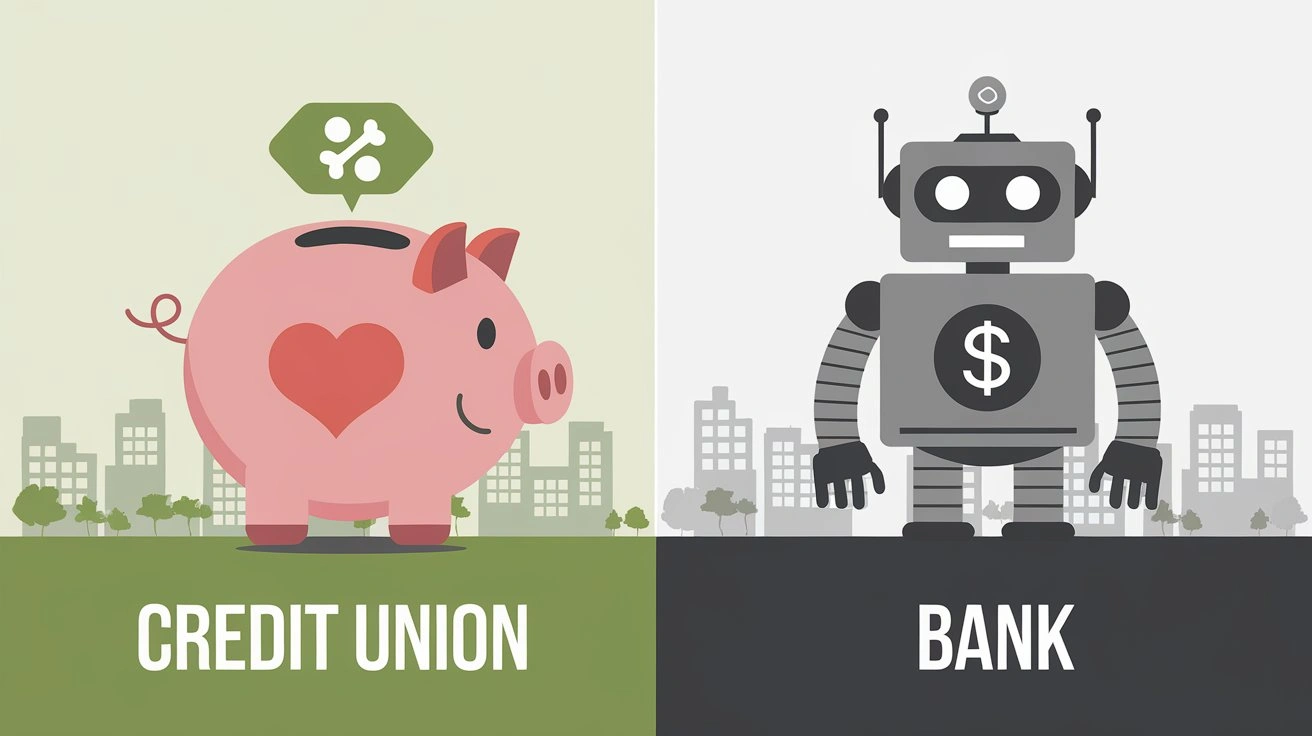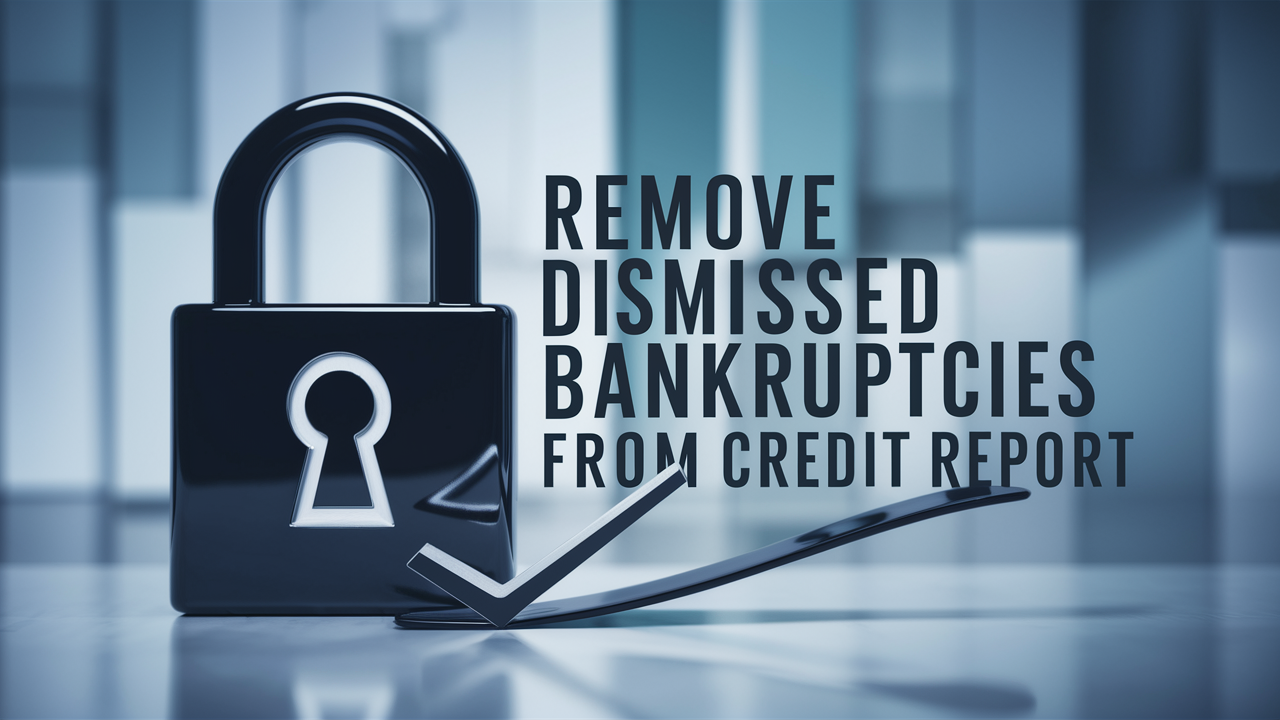How To Get Negative Information Off Your Credit Report?
Ways of Deletion of Negative Information from Your Credit Report
When you have negative information on your credit report, then it becomes very difficult for you to get approval for loans or credit cards since your credit score will have reduced. Fortunately, there are ways to appeal to ‘fix’ the mistakes they contain or challenge negative entries on your credit report. Below are the steps that one must follow to challenge negative credit report information and consequently raise his/her credit rating.
Review Your Credit Reports The initial stage is to check your credit reports from the three national credit reporting agencies, namely Experian, Equifax, and TransUnion. Annualcreditreport. Com offers you a chance to obtain a free copy of these reports once per year. Review each section and try to locate the downgrades, late payments, collections accounts, and anything else that is lowering your score. Jot down what is showing that should not be there or should be removed from your report.
Some of the items that are likely to appear on a credit report include the following: Among the following are the most common negative credit items that affect the score negatively:
- Even if you make the payment on time, if the credit report records it as a 30, 60, or 90 days’ late payment, it will affect the credit score. If you get a late payment notification and you believe it was a mistake or you have evidence to the contrary then, you can challenge that.
- Collections Accounts Even if it goes to collections and in the credit report, it will be very pronounced and lower the score. In case it is no longer valid or is inaccurate, make it clear to the collections account.
- Bankruptcy Bankruptcy tends to last on your credit report for up to 10 years. If the information on your bankruptcy is reporting for longer than legally compliant or if the date or any detail available on it is wrong, you can object to it.
- Foreclosures Similar to bankruptcy, a foreclosure can be a scar on your credit report for a few years. If you have any concerns with the way it is reported, then the best thing to do is to dispute it.
- Tax Liens For instance, if you failed to pay your taxes on time and the IRS had to send a tax lien against your home, it will appear on your credit report and significantly pull down your score. If the tax lien issue has been paid and cleared, demand the credit bureaus to delete it.
Clarify Misinformation Or Old Information
After the identification of the credit reports that include any negative items that should not, the next major process is composing and sending disputes. Here we have described the step-by-step working of the dispute process.
- Get Clippings It is always advisable to collect any documents that are about the account in dispute to ensure that it is invalid, paid, or closed. This can comprise bank statements, letters received from creditors, or even court documents. Ideally, the more proof you collect, the stronger your position in the court.
- Sample Dispute Letters It is good to write dispute letters to the three credit bureaus which include Experian, Trans Union, and Equifax. Provide the complete name of the account in question and the reason why the info provided is wrong, and enclose photocopies of the documents you hold. It is recommended to send the letters by post to the respective authorities through the mail services and make sure to use certified mail.
- Investigation When the credit bureaus receive your dispute letters, they are legally mandated to investigate the issue, normally within one month. They will get in touch with the reporting organization for more details or clarification of the information or to seek further corroboration of the negative item.
- Wait for the outcome. The credit bureaus shall then come up with a decision after investigating the matter and inform you of the decision made. They will also provide you with a free copy of your credit report if they think the objection is legitimate and delete the negative account. If not, please request that they attach a statement from my side of the story.
- Reminders for Itswise: If the bureaus do not reply promptly or if further research is required then one should follow up with the bureaus. Stay consistent and do not let your opponent stop you from disputing as long as there are incorrect items.
Consequences of Eradicating Objects
If you have negative information removed, then it can be a boost for your credit score system. The main advantages of the concept include the following;
- It is beneficial if you have a lot of derogatory marks Handy as it enables your credit score to rise by 50 to 100 points or more, as soon as the major derogatory marks are cleared. It will unlock more favorable loan rates to the score increase.
- Better Credit Score Since the credit reports are constructed from negative accounts, fewer accounts on any of your reports boosts the probability of lenders offering you new credit or loans. Interest rates decrease because they believe that you are less of a risk than before.
- Establishing Files Over time, eliminating problematic items from your credit history will reveal positive or neutral accounts gaining scores progressively. It also enables one to restore a positive credit profile for large purchases.
Stay Diligent
The process of disputing and deleting the wrong negative information that has been posted on your credit reports also helps to give your credit score a good boost but it is recommended that one continue to check his or her credit reports. Ensure that the regional registry does not list any additional adverse entries, and maintain a perfect record when it comes to paying all your bills in the future. Patience is the key to getting the best result and ensuring that your credit score is on the right track for the long term.
Conclusion
Having negative entries pull your credit score is never a wise situation when you require cheap credit. It is equally important that if you find any wrong or non-proper records in the credit reports, then it is wise to dispute it in the right way. Here is a step-by-step guide to how one can follow the credit dispute process to improve your score and get back on track to obtaining approval. When it comes to managing your credit and ensuring that there are no discrepancies, it would be wise to note that it is one of the best things that you could do financially for the long term.
Ready to boost your credit score? Call +1 888-804-0104 now for the best credit repair services near you! Our expert team is here to help you achieve financial freedom and improve your credit. Don't wait—get started today!



